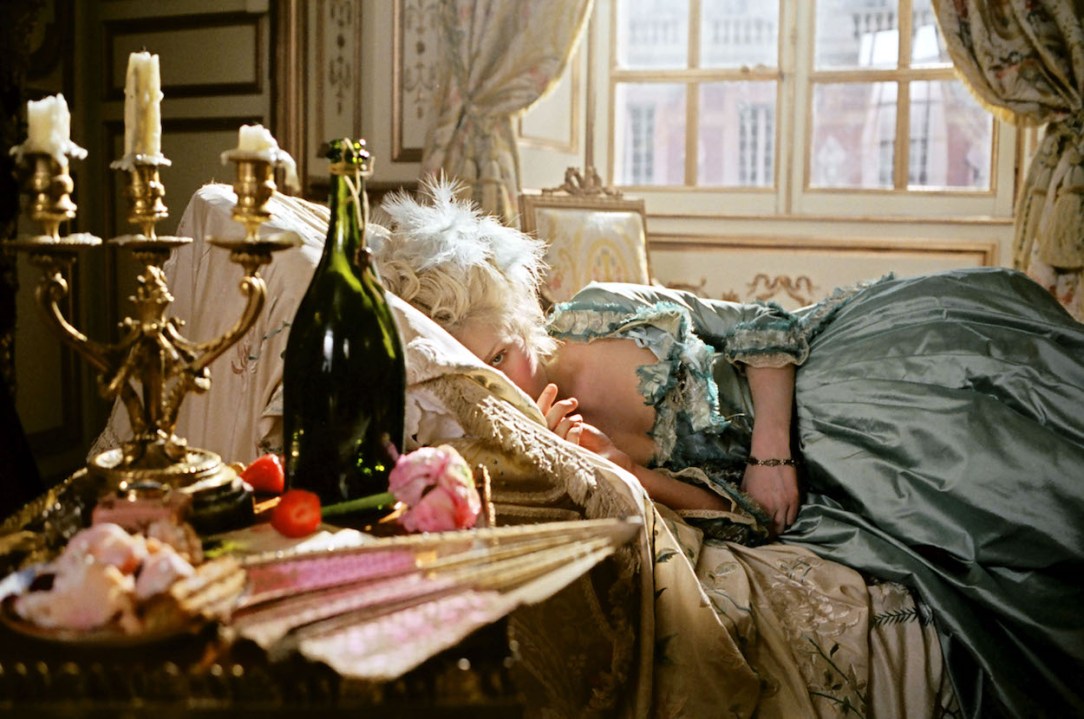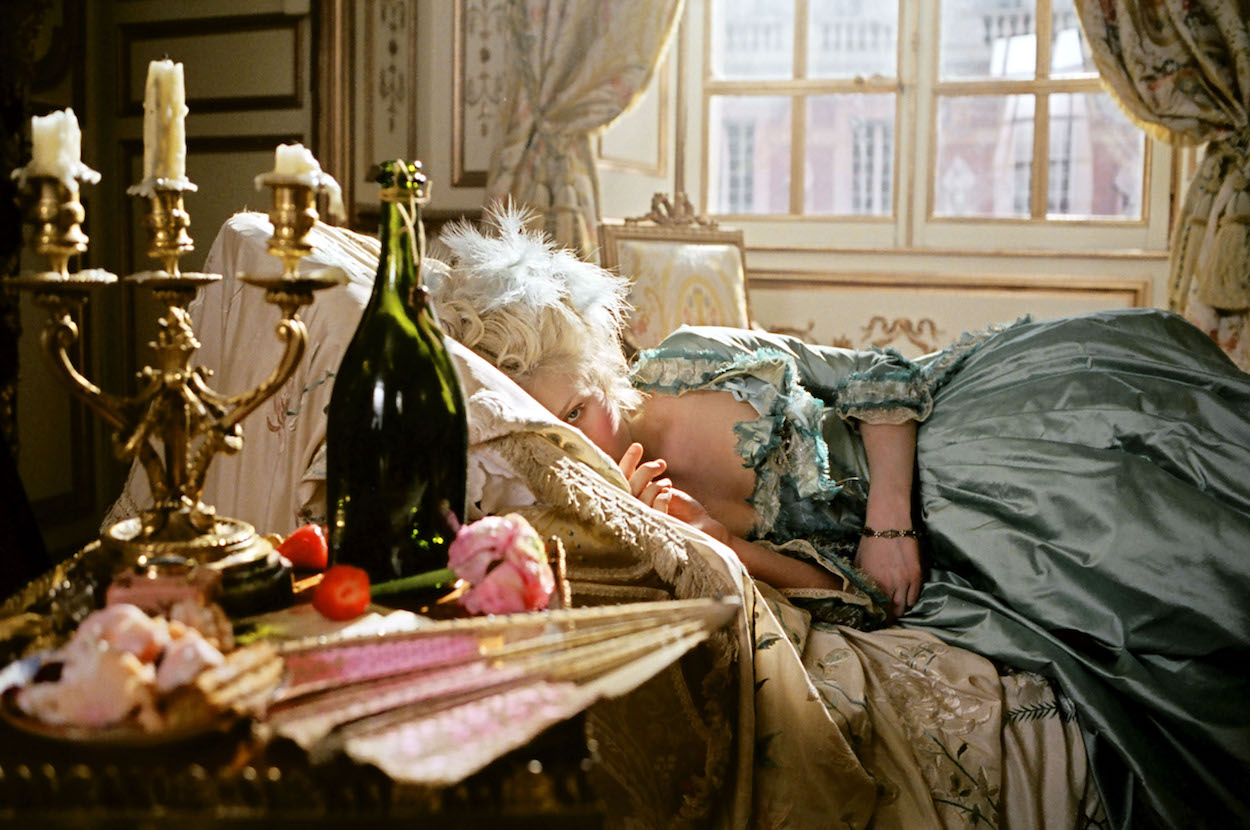When Cecilia Lisbon, the youngest of the five Lisbon daughters in Sofia Coppola’s film The Virgin Suicides, winds up in the hospital having survived an attempt on her own life, the doctor tells her: ‘You’re not even old enough to know how bad life gets.’ ‘Obviously, doctor,’ Cecilia replies, ‘you’ve never been a 13-year-old girl.’
The dark edge of adolescence runs through Sofia Coppola’s films. You get a sense from even the most playful and romantic scenes that, behind the lustre of expensive clothes or dappled sunlight, girlhood is tragic and that its transformations are traumatic. Coppola’s eye for these contrasts makes her films brilliant. It also, whether she intends it or not, gives us licence to indulge in our own ‘tragedies’ of girlhood as truly that: tragedies.
Coppola’s audiences identify themselves in her beautiful, longing heroines
Is being a 13-year-old girl really so tragic? I have been one, and yes, it was unbearable. But it felt unbearably depressing compared to the relatively easy years of childhood that came before it. Coppola’s films are sympathetic to this feeling and take it seriously in a way I felt few adults ever did. But she makes it very tempting to forget the other part of girlhood that’s innocent and fun.
Women my age have grown up in a world tinted by Sofia’s portrayals of us. The Virgin Suicides came out in 1999, while Lost in Translation is just turning 20; The Bling Ring documented the 2010s’ golden age of the Kardashians and celebrity worship. My high school history teacher let us watch Marie Antoinette in class – I was 14 then, the same age as Marie Antoinette in the scene where she and Louis awkwardly get into bed together on their wedding night, with their court watching.
We’ve carried those films into an adulthood that is half-lived out online. Coppola has helped birth the ‘sad girl aesthetic’, exemplified by photos of Kirsten Dunst on the set of Marie Antoinette smoking a cigarette in full period costume and hazy stills from The Virgin Suicides. These images glamourise adolescent waifishness and languor while inviting a creepy overture of sex appeal. Young women share Coppola-inspired photos on social media, often of bedroom dressing table clutter or perilously thin, dejected-looking girls; ballerina slippers and a pack of Marlboro reds, a tattered copy of The Bell Jar.
It’s a narrow vision of femininity where, in order to be taken seriously, it has to take on some association with vice, melancholy or death. Coppola’s audiences identify themselves in her beautiful, longing heroines, and end up not just romanticising their plight, but inevitably their own. Pudgy, hormonal puberty is redefined as the trauma of becoming sexualised or grappling with that desire. (In Jeffrey Eugenides’ novel The Virgin Suicides, on which Coppola’s film is based, Cecilia’s psychiatrist Dr Horniker puts her suicide down to the ‘repression of adolescent libidinal urges’.)
It makes sense, then, that Coppola’s best work as a director happens in her bedrooms. There’s Cecilia’s room, with its stuffed animals, crucifixes, panties and perfume bottles, its cupboards full of tampons; Marie Antoinette’s private chambers at Versailles, littered with half-eaten macarons and rose petals, as well as champagne coupes and gambling chips; the sleazy, 2010s party-girl bedrooms in The Bling Ring, a wardrobe full of stolen designer clothes on colourful plastic hangers, or even Paris Hilton’s excessive woman-child wardrobe. The clutter reminds me of the photography collection by Adrienne Salinger ‘Teenagers in their Bedrooms’, which captured the mess and ephemera of life between childhood and adulthood in the 90s. Salinger said: ‘Adults hide a lot of shit in the closet. But a teenager only has that 12 by 12 feet. Everything has to fit in there: the past and the future.’
Even the Park Hyatt hotel bedroom in Lost in Translation, where Charlotte (played by an 18-year-old Scarlett Johansson) stays in Tokyo, tells us so much about what comes after girlhood, the world that the Lisbon sisters escaped by killing themselves. Nondescript and somewhat bleak, the hotel room captures the feeling of being lost, trapped in an isolating marriage while still very young – ‘stuck’, as Charlotte says.
Coppola’s upcoming biopic Priscilla is about Elvis Presley’s wife (whom he met when she was 14 and he was 24) and her struggle against the limitations of their marriage. The words ‘Destined For More’ flash across the screen. The appraisal feels half-hearted, knowing Coppola’s association of girlhood with death, whether of innocence, dreams or a more literal sort. Destined for more, yes, but deprived of it. Of course I’ll see Priscilla. But the tragic tale of women’s lost innocence is not our destiny.







Comments